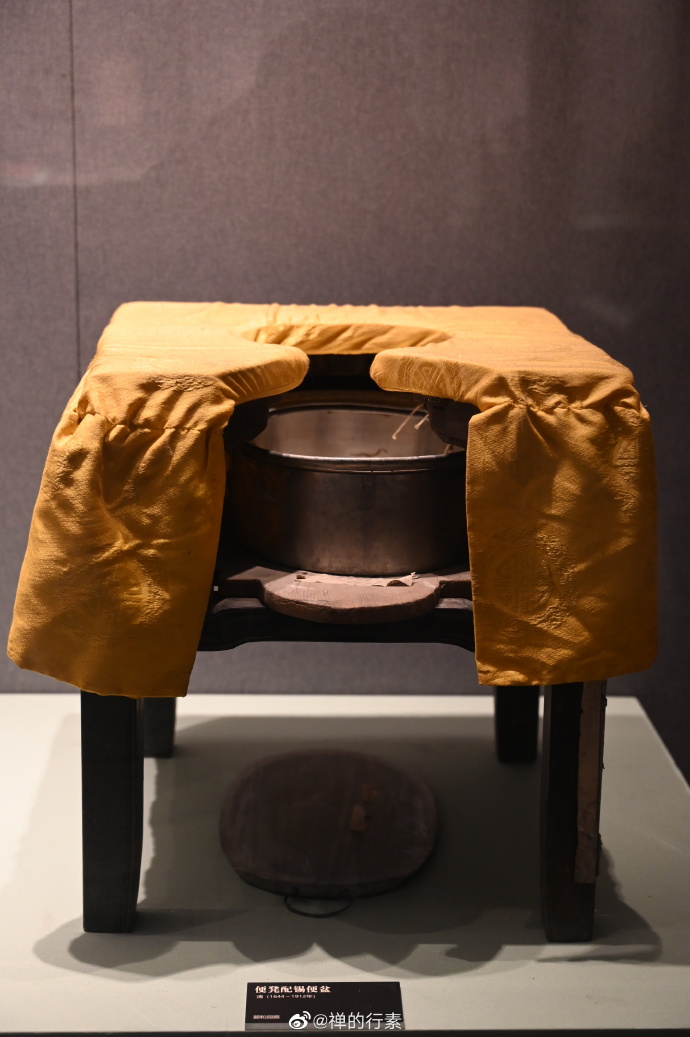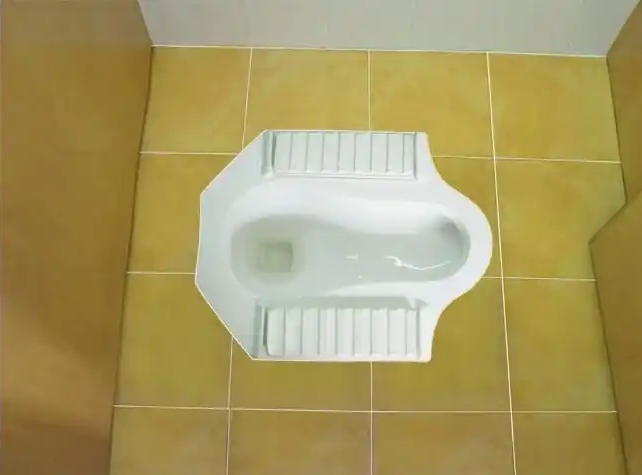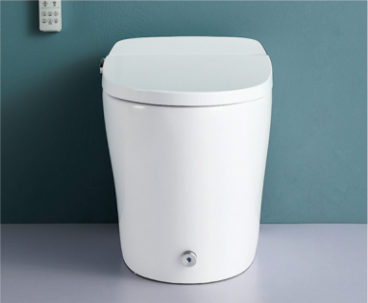Bathroom Fixtures in China
miss
In China, the placement of toilets on the ground floor is a cultural and practical norm deeply rooted in tradition, architecture, and functionality.
Why Are Toilets in China Typically Located on the Ground?
In China, the placement of toilets on the ground floor is a cultural and practical norm deeply rooted in tradition, architecture, and functionality. This essay explores the multifaceted reasons behind this phenomenon, examining historical, cultural, and practical influences.
1. Historical and Cultural Context
The placement of toilets on the ground floor in China can be traced back to ancient times, where architecture and living spaces were designed with specific functional and cultural considerations. Traditional Chinese homes, such as those found in Beijing's hutong neighborhoods, often featured toilets located outdoors or in separate buildings close to the main residence. This design was influenced by the need for sanitation, privacy, and convenience, as well as by cultural beliefs around cleanliness and purity.

In ancient China, toilets were often seen as separate entities from the main living spaces, reflecting a division between the practical aspects of daily life and the sacred or spiritual aspects of the home. This separation was maintained even as architectural styles evolved, leading to the continued placement of toilets on the ground floor or in separate buildings.
2. Architectural and Spatial Considerations
The architecture of traditional Chinese homes also played a significant role in determining the placement of toilets. In many cases, homes were built around a central courtyard, with rooms arranged around the perimeter. This layout often made it impractical to locate toilets within the main living spaces, as they would disrupt the flow of the home and interfere with daily activities.

In addition, traditional Chinese homes were often built with wooden structures and tiled roofs, which could be damaged by the moisture and odors associated with toilets. Locating toilets on the ground floor or in separate buildings helped to minimize this risk and preserve the structural integrity of the home.
3. Functional and Practical Needs
The placement of toilets on the ground floor also reflects practical considerations related to sanitation, ventilation, and accessibility. In many traditional Chinese homes, toilets were not equipped with modern plumbing and waste disposal systems. Instead, they relied on pit latrines or other forms of waste disposal that required regular cleaning and maintenance.
Locating toilets on the ground floor made it easier for families to access and maintain them, as well as to dispose of waste safely and efficiently. In addition, the ventilation provided by being on the ground floor helped to reduce odors and maintain a comfortable living environment.
4. Modern Developments and Cultural Persistence
As China has undergone rapid urbanization and modernization in recent decades, the placement of toilets on the ground floor has persisted despite changes in architectural styles and living conditions. Modern apartments and high-rise buildings often include toilets within the main living spaces, but the tradition of locating them on the ground floor or in separate buildings remains strong in many parts of the country.

This persistence can be attributed to a combination of cultural continuity and practical considerations. Many Chinese people continue to value the separation of toilets from the main living spaces, seeing it as a way to maintain cleanliness and privacy. In addition, the practical benefits of locating toilets on the ground floor, such as easy access and ventilation, remain relevant in modern living environments.
5. Social and Cultural Norms
The placement of toilets on the ground floor in China is also influenced by social and cultural norms around cleanliness and privacy. In traditional Chinese society, toilets were often seen as impure or dirty spaces that should be kept separate from the main living areas. This belief persists in many parts of the country, leading to a continued emphasis on locating toilets in separate buildings or on the ground floor.
In addition, Chinese culture places a high value on privacy and modesty, particularly in relation to personal hygiene and bodily functions. Locating toilets on the ground floor or in separate buildings helps to maintain a sense of privacy and respect for personal boundaries, even in shared living spaces.
6. Environmental and Ecological Considerations
In recent years, there has been a growing emphasis on environmental sustainability and ecological conservation in China. This has led to a renewed interest in traditional building practices and materials, as well as a greater appreciation for the natural environment.

The placement of toilets on the ground floor can be seen as a way to minimize the impact on the environment and promote sustainable living. By locating toilets in separate buildings or on the ground floor, families can reduce the amount of water and waste that is generated within the main living spaces, thereby lowering their environmental footprint.
7. Future Trends and Challenges
As China continues to develop and modernize, the placement of toilets on the ground floor is likely to face challenges and changes. The increasing demand for urban living spaces and the need for efficient waste disposal systems are driving the development of new architectural designs and building technologies.
In response to these challenges, many Chinese cities are exploring innovative solutions for toilet placement, such as integrating them into green building designs or locating them in separate, easily accessible buildings that are connected to the main residence by covered walkways or corridors. These designs aim to balance the practical needs of modern living with the cultural and environmental values that have shaped traditional Chinese architecture.
Conclusion
In conclusion, the placement of toilets on the ground floor in China is a phenomenon rooted in a complex interplay of historical, cultural, practical, and environmental factors. While modernization and urbanization have brought changes to architectural styles and living conditions, the tradition of locating toilets on the ground floor persists, reflecting a deep-seated cultural and practical commitment to cleanliness, privacy, and sustainability.
As China continues to evolve, the placement of toilets will likely adapt to new challenges and opportunities, but the enduring influence of tradition and culture will ensure that this practice remains an important part of Chinese life for many years to come.
Prev:Why Is Everything Made in China?
Next:No More